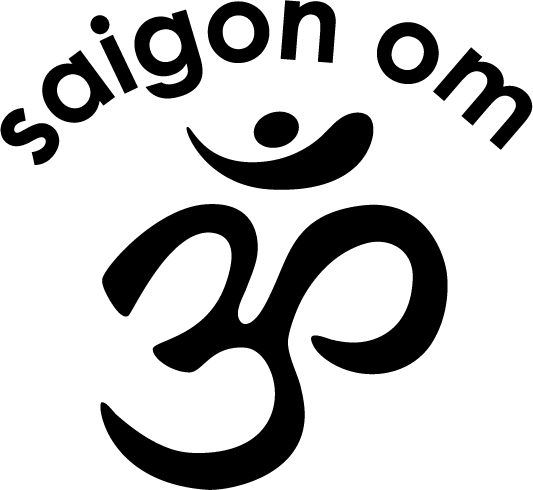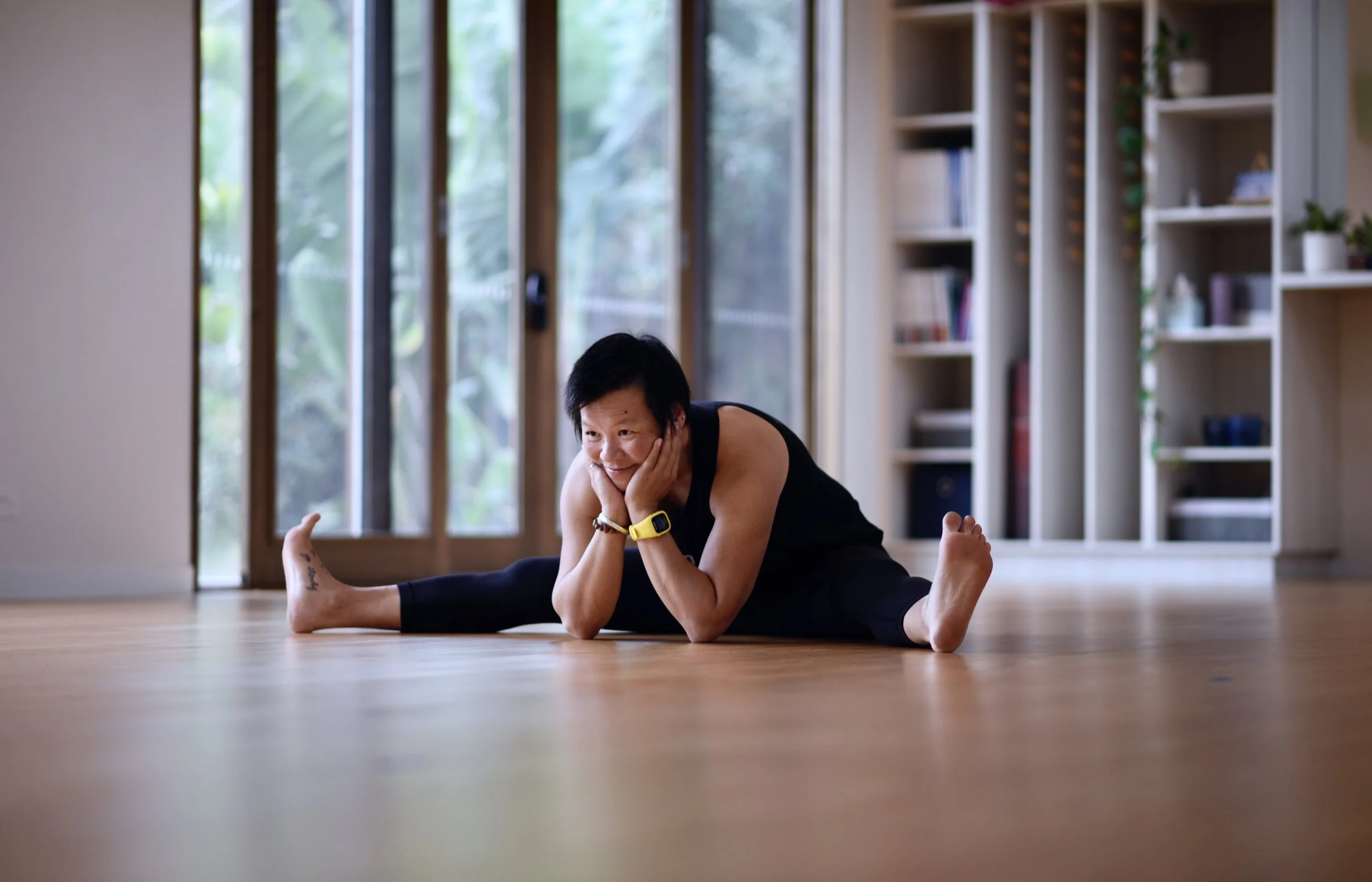Brief Traditional Chinese Medicine (TCM) Overall Explanation
The body has two kinds of energies. Yin to store vital energy, Yang to move the vital energy.
There are 12 major energy channels in the body, called Meridians: 6 Yin Channels and their partners, 6 Yang Channels
There are 3 Yin and 3 Yang Channels in the upper body AND 3 Yin and 3 Yang Channels in the lower body. The are called “hands” and “feet” Meridians, respectfully because the channels and end begin at the hands and feet
In cosmic position (arms reaching up to the sky), the Yin energies move upward and the Yang energies move downward
TCM theories believe that if the 12 channels are in balance then the whole body, mind and spirit are also in balance and in harmony.
Fun Fact 1: Yang Channels have “hollow organs” ie Small and large intestines, stomach, bladder, gallbladder.
Fun Fact 2: The word “in” is in “Yin”. All Yin channels run along the “inner” part of the body ie, arms, legs and front
Each week we’ll cover one pair of energy channels, a Yin and a Yang. Each pair work with each other.
Week 1: May 12 Lungs and Large Intestine
CONSTITUION
Lungs give us the ability to receive pure Qi, connection to the spirit and real connection to others.
Large Intestine is about our ability to let go of what is not needed from our body, mind, spirit and emotions.
BREATH WORK
Breathe to expand hips laterally, not just front and back
Alternate Sitz Bone Breathing
Alternate Third Eye Breathing
YIN PRACTICE
Lungs - generate openness, receive/offer, let go and let come, connection
LI - Let go of old emotions & pride
Heart opening – supported fish
Supported Side Seal with a block
Melting heart
Open wing
Savasana
Week 2: May 26 Kidneys and Urinary Bladder
CONSTITUTION
Kidneys are in charge of the Essential Qi that we inherit from our parents. It controls the bigger cycles in our life: puberty, adulthood, parenthood, menopause, etc. Kidney is root energy of all your organs and spark the energy of the whole body.
Urinary Bladder connects to most or all of the other energy channels and helps us to feel hopeful, inspired, calm and peaceful
FASCIA RELEASE
* Our body is made up 20% of fascia
* Fascia is the scaffolding that holds the body together, or else we’d be a puddle of bones, muscles and fat tissue.
* When we have a tense spot in the body, the root cause might be on the opposite side of the body - think spiral line.
Release these 3 areas often:
1) Sole of foot
2) Occiputal joint along the hairline at the back of the head. Halfway between the ear and spine is GB 20 - good for headaches/migraine and general head issues
3) Between the shoulder blade and spine
Three steps for fascia release:
step 1, say hello with light rolling
step 2, hold at the tensest spot for at lease 90 seconds
step 3, flush with light rolling again
Wherever you’d like to release, roll two muscles above and two below the tightest spot. Remember to hydrate after each rolling session.
YIN PRACTICE
Ki – Fearlessness, Hara Breathing, Vitality, Self-Trust
UB Back headaches – put problems behind you, secured, self –acceptance
1. Rock and Ankle Stretch
2. Squat + dangling (3 times back and forth)
3. Half Butterfly (separate legs, one knee bend in)
4. Saddle. Kneel on knees, sit down and lean back - use a broom stick for back of knees if they are uncomfortable.
8. Reclined Twist
9. Savanasa
Week 3: June 2 Liver and Gallbladder
CONSTITUTION
Liver- Connects to inner power, Will, Take care of anger. Feel to Heal
GB - Learn to let go of control, feeling lighter,
Out of balance: tend to get tensions in head area, headaches/migraines
In balance: can easily generate kindness, compassion
SELF-ACCUPRESSURE SEQUENCES
1) HEAD (GB and other Yang Meridians)
With block under hairline of one side of the head, between the ear and spine, is GB 20. Hold block on one side while offer self-accupressure to the opposite side to:
a) pressing above mid eyebrow
b) inner eye
c) at the nostril
d) under the cheek bone
Repeat the other side
2) LEGS (Liver Meridian)
Finger at hip crease. Hold it here while pressing
a) above inner knee
b) below inner knee
c) 2 “cun” above inner ankle
d) btw big and second big toe
Repeat the other side
YIN PRACTICE
1. Rock & Ankle Stretch
2. Neck stretch (hand at wall, externally rotate the arm, bring opposite ear to shoulder —> nod no 5x, nod yes 5x
3. Dragonfly Side Bend (sit with legs apart)
4. Shoelace/Square/Firelog (right knee on top of left, bend forward, repeat with left knee on top)
5. Savasana
Week 4: June 8 Heart and Small Intestine - Cultivate the Heart of Love
CONSTITUTION
Heart meridian - the King/ Queen of the body's Kingdom. If it is unstable there is a feeling of anxiety and panic - the kingdom is out of control.
Small Intestine meridian- "Sorter of Pure From Impure". SI energy is the energy that helps us to discern what is needed and what is rubbish in a mental, emotional and physical sense.
REIKI
Rei means universal essence. Ki means energy - prana in Sanskrit, or Qi in Chinese. Everyone and anyone can receive and offer Reiki. The giver is a conduit of the Universal energy. There is no wrong way to receive Reiki. We just need to be open to receiving it.
Symbols Used in the Session
Cho Ko Rei - all healing power here
Rama - to ground
Silver Violet Flame - to burn off anything that is not serving the bodymind
YIN PRACTICE
1. Meditation: touch little finger to activate the Heart and SI
2.Heart opening (or open wing)
3. Melting heart
4. Sphinx/seal for 6 minutes
5. Tadpole aka Wide Legged Child’s pose + lateral bend with hands to one side
6. Reclined twist
7. Reclined butterfly
8. Savasana
Week 5: June 16 - Pericardium and Triple Warmer - Increase Vibration for a Vibrant Life
P and TW are known as the commander for all energies
CONSTITUTION
Inner child, joy of touching, passion for life
South Bath
A sound bath is an experience where you’re immersed in deep sound vibrations. The vibrations are at specific tones and frequencies to relax and sooth the nervous system.
YIN PRACTICE
1. Block under hairline for GB 20
2. Supine suported fish (block under mid-back)
3. 1/2 Bow tie (lie on belly with one arm across the body under the shoulders)
4. a) Sphinx (on forearms, elbows under shoulders - great for heart/kidneys/adrenal replenishment)
b) 1/2 bow tie and half frog with opposite leg
c) spinal twist
5. Reclined butterfly + cactus arms
6. Eagle leg twist
7. Savasana
Week 6: June 23 Stomach and Spleen - Ground & Root to Grow
Qi Gong is based on TCM. It is a gentle practice that involves energy activation and release (knocking) and simple mindful movements.
CONSTITUTION
The Spleen - "The Official of Distribution"
The Stomach is the "Official of Rotting and Ripening."
YIN PRACTICE
1. Rock & Ankle Stretch Eagle Arms
2. Dragon: baby, flying high, flying low, (low lunge)
3. Tadpole (wide legged child’s pose)
4. Sphinx/seal + tadpole
5. Half frog sequence
6. Sleeping deer (knees bent at 90 deg, stacked on top of each other or one in front of the other.
7. Supported bridge
8. Savasana













